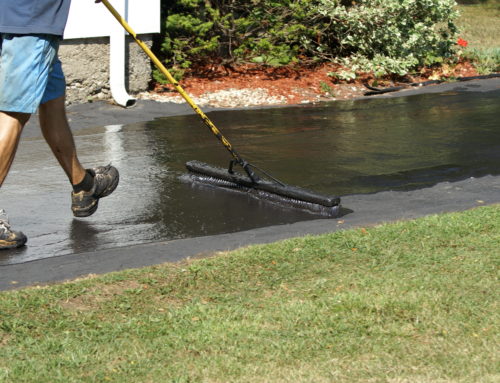Not a second passes here in America in which some road somewhere is not actively being worked on. Americans depend on our massive, impressive and rather ingenious infrastructure. Roads don’t just connect homes to homes and homes to businesses, rather, they weave vast networks, connecting every single American city together (except for Hawaii, sorry.) That being said, a lot of work goes into building this amazing system of roadways, and sometimes things go a wrong. In our blog today, we will explore a few project that went terribly wrong.
The Central Artery/Tunnel Project (CA/T) a.k.a. The Big Dig (Boston, Massachusetts)
Planning for the Big Dig began in 1982. The goal was to overhaul the highway system in downtown Boston. Unfortunately, the project did not go as planned. It was finally completed in 2007, nearly a full decade behind schedule. The final cost of the project was an astounding $14.6 billion, as compared to the $2.8 billion of the initial estimate, although the Boston Globe believes that the end tally will be closer to $22 billion once lawsuits involving unfortunate deaths are resolved. This estimate also accounts for design flaws and leaks which still need to be repaired today.
Unaccounted For Interchanges
Highway design is a very complex matter. Creating a smooth flow of traffic is essential if a city is to be functional. Multi-hour backups are not good for anyone. Unfortunately for many residents of Denver, multi-hour backups are an all-to-familiar thing. When Interstate 25 was originally built in 1944, it was state-of-the-art. Not so true today. As the city grew, so too did the demands placed on the Valley Highway. In fact, Denver’s population has more than quadrupled since that day. As the population grew, more and more interchanges were grafted onto Interstate 25. The result today is a highway that is so congested, with so little room between interchanges, that traffic conditions are almost unbearable.



